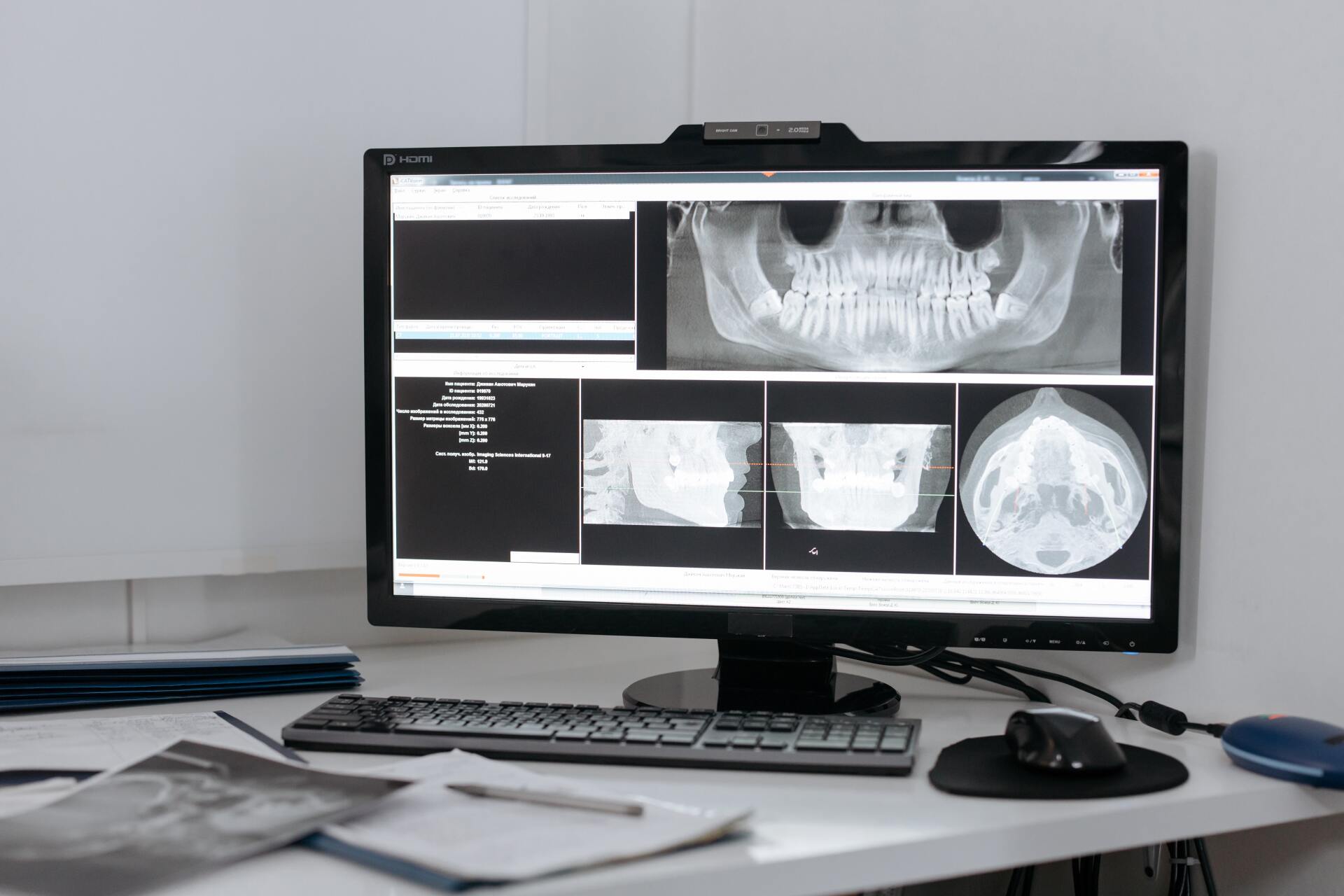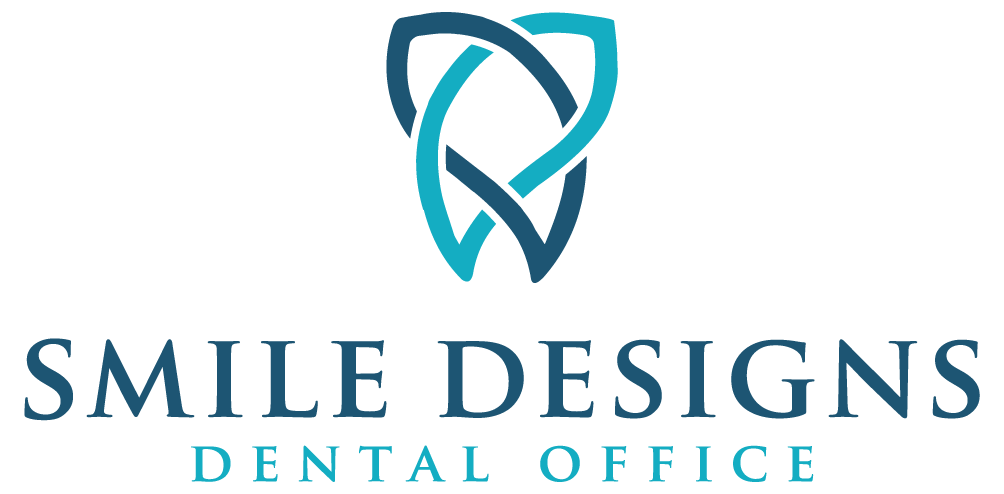What are Dental X-Rays and Why Should I Care?
X-Rays Can Save You Thousands of Dollars in the Long Run!

Dental X-Rays are used to diagnose many dental conditions including:
• Teeth
• Bones
•Fractures
•Fluoride in the mouth
•Chronic gum disease
With dental x-rays, you will be able to check if there are any cavities in your teeth or bones and give you a better understanding of what is going on inside your body.
How Do Dental X-Rays Work?
During a dental x-ray procedure, machines which produce the radiation will produce waves of energy called x rays which travel through the body as well as through tissue on the surface of objects within its field of view.
The waves are detected by detectors called photodetectors just above each tooth surface so they can be identified and recorded on film – this information is then analyzed by these machines at the end of the procedure so that any potential problems can be identified.
The radiographs are then converted into printed images using special software which can identify any potential problems with teeth, gums, bones etc.
What Are the Benefits of Doing Dental X-Rays?
As you read above, dental X-rays (DX) is a set of diagnostic tests that allows you to see what’s underneath your teeth.
These scans can be used in the diagnosis of periodontitis, gum disease, capillary fragility and bone disorders.
DX is a very useful tool today with so many people being diagnosed with oral health issues as they get older.
It is truly remarkable how much information you can gather from just looking at your teeth!
In addition to the physical examination, there are many other ways in which DX can be used to provide a complete picture of oral health and oral health history.
X-Rays and Children
•Dental X-rays can give an expert assessment on whether there is any tooth decay present or if there could be an issue such as a loose tooth or gum disease.
• DX can help you determine if your child needs a dental cleaning at all (or if this may be unnecessary) based on the different color shades in his/her smile.
• You may need to schedule your child’s dental visit earlier than normal if he/she has small cavities, especially when they are younger (children should not start having their first cavity until they have reached school age). This could mean getting them out of their comfort zone for a few hours every 3-4 months.
• You may need to schedule an appointment for your child earlier than normal if he/she has cavities that are deeper than 2 mm (this could mean making an extra trip to the dentist – maybe even twice!).
• You may need to schedule an appointment for your child sooner than normal based on his/her age because younger children often have more cavities than older ones(this could force him/her into taking more frequent visits).
Wondering how much money this cost you? Consider how much an X-Ray can save you!
What Are the Advantages of Doing Dental X-Rays?
X-rays are a great way of understanding internal structure and function of your teeth.
They also give you great insight into how the teeth may be affected by oral health issues such as cavities, canker sores and other gum diseases.
X-ray scan also help diagnose dental problems and provide important information about your teeth, gums and jawbone structure.
What Can Dental X-Rays Reveal?
• Oral pathology – skeletal (the skeleton of the mouth) or soft tissues like the sinusoids and buccal mucosa.
• Dental anatomy – the position of the tooth and its relationship to surrounding structures such as dentin (teeth) or enamel (teeth).
• Bony anatomy - skeletal structure of your jawbone and how it relates to other structures in your mouth.
Radiographs are very useful for diagnosing certain types of oral pathology including:
Oral cancer - dental x-ray will show how many teeth have developed cancer within a period of time.
Cavities - dental x-rays will show whether there is an empty cavity in your tooth, or if there is something else in there that you should talk to a dentist about (such as a root canal).
Dental X-rays provide an overview of the inside of your mouth that can help detect cavities or other problems.
They are especially helpful for detecting problems with the tooth that are further away from the gum line or in between adjacent teeth.
By looking at different areas of your mouth, you can also learn more about how well you’re performing at maintaining good oral health.
For example: if you feel pressure on one side of your mouth when you eat—that’s usually caused by plaque buildup on one of those teeth.
If you feel discomfort or pain when chewing—that will usually be caused by some gum disease such as gingivitis or periodontitis.
And if you notice white spots developing in one area—that could be a sign of bone loss in that area called alveolar bone loss.
Conclusion:
Dental X-Rays are an incredibly useful tool for the dentist that allow to detect with pinpoint accuracy, problems you maybe having that you didn’t even know about. This early X-Ray detections system can end up saving you hundreds, if not thousands of dollars in future dental procedures.
Talk to us about getting an X-Ray dental appointment and discover what dental issues you may have and even prevent in the future!
